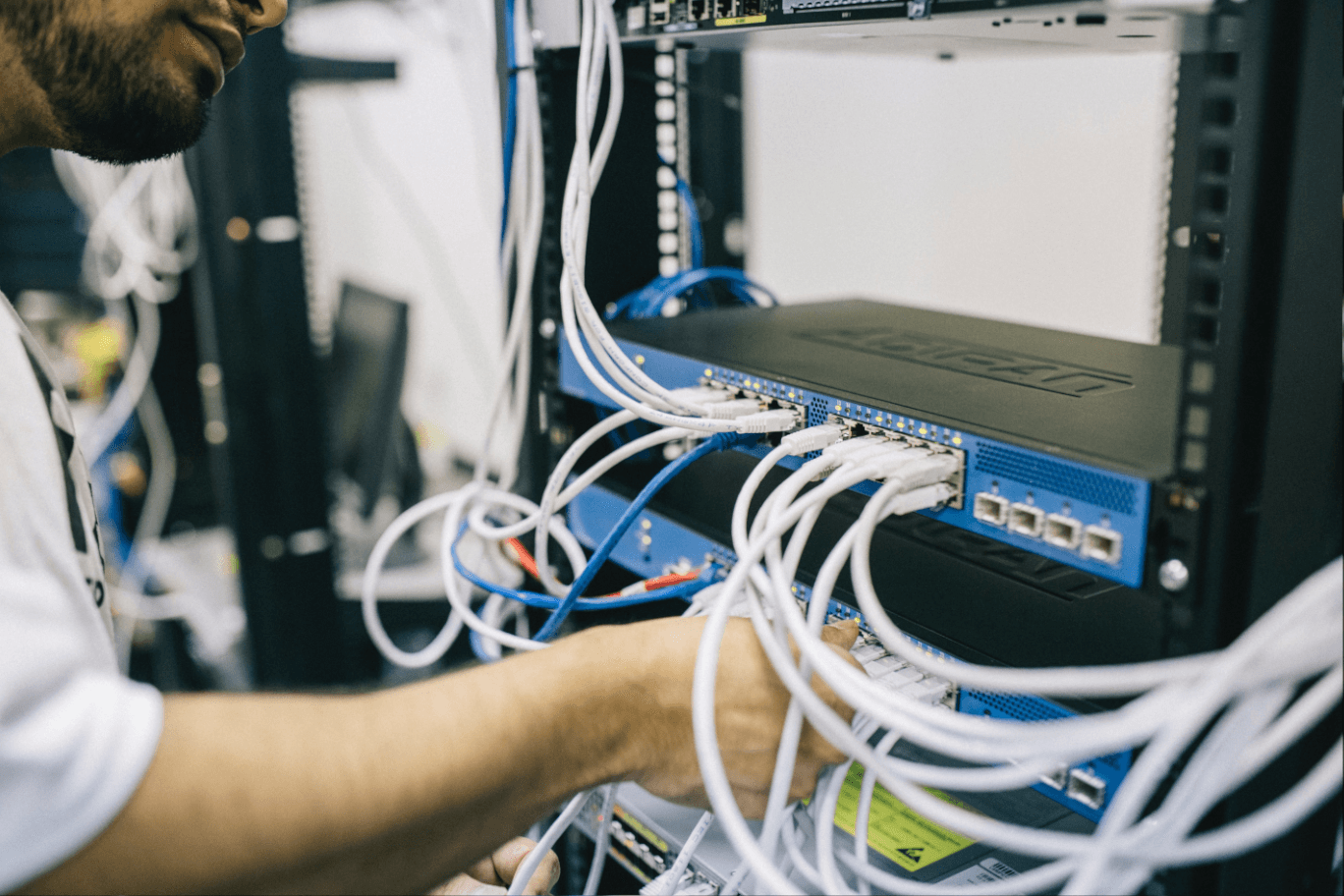
Using home-grown databases, Visio drawings or Excel sheets to manage your data center infrastructure is error-prone, cumbersome, and difficult to accurately maintain in an operational environment where many changes take place. In the end, it is costly. You should consider investing in a DCIM solution.
PATCH MANAGER is the leading product in terms of connectivity and physical layer asset management, and with its extensive REST API provides a rock solid foundation on which to integrate with other systems.
With more and more Data Centers implementing Data Center Infrastructure Management (DCIM) software, the question will inevitably come up: Do I also need DCIM software? And if yes, why?
Using home-grown databases, Visio drawings or Excel sheets to manage your data center infrastructure is error-prone, cumbersome, and difficult to accurately maintain in an operational environment where many changes take place. In the end, it is costly. You should consider investing in a DCIM solution to:
- optimize your facility’s performance and make processes more efficient
- make your life easier and save your organization a large amount of money
In case you have been exploring the possibility of implementing a DCIM solution, and are still looking for more information about whether DCIM is right for you, here are six reasons why we think it could be the next step that your organization needs.
Read more: Replacing your legacy cable and infrastructure management software product with PATCH MANAGER.

It saves you time and money
DCIM software enables you to easily organize, locate and store information relating to your physical layer assets. Data center storage capacity is expensive. Studies have shown that most data centers under-utilize their existing infrastructure, which means that they might be expanding their storage capacity without first using all of their current potential. Without a DCIM, it is hard to keep track of everything, even in a small network, not to mention a larger one. For this reason alone, it is worth investing in the right DCIM software.
Cable and connectivity management
Visualization
Change management

Errors in performing network changes can prove to be very costly for your organization, both in terms of downtime, and inefficient use of resources when planning moves or expansions. A DCIM solution will allow you to plan your network changes according to change processes through work orders and work flows. This not only greatly reduces the chances of errors being made, but also provides a detailed audit trail, greatly increasing the chances of being able to swiftly take corrective action in the event of any errors occurring.
Scalability
Home-grown databases, Visio drawings or Excel sheets become even less maintainable as your network grows. Seamless scalability can be problematic when it comes to free open source solutions. A DCIM solution that delivers high and consistent performance will alleviate this problem. Another consideration is that your network data is not just of interest to your network professionals, but is also a gold mine of information for many other roles within your organization. For example, your purchasing department may require to accurately track current stock and store levels. As more and more users tap into this information, it is vital that the DCIM solution will scale accordingly.
Reporting and greater efficiency
Reporting is an integral part of data center management. A DCIM solution will provide data that you can reply on, and will allow you to generate both engineering and management reports on a wide range of subjects. This will ultimately help you decide how to proceed with your everyday operations, and will provide you with valuable insight for making long term decisions.
While looking for a DCIM solution that fits your needs, keep in mind that there is not one software that can do it all. There have been attempts by vendors and free open source projects to develop a universal product that encompasses all aspects of DCIM under a single hood, but the complexities of a modern infrastructure got the better of them, and these products fail to deliver on their claims. Today it is becoming more and more apparent that the solution is rather found in selecting best-of-breed specialized products that each fully address a segment of DCIM, and that have extensive integration capabilities to enable information flow between the products. PATCH MANAGER is the leading product in terms of connectivity and physical layer asset management, and with its extensive REST API provides a rock solid foundation on which to integrate with other systems.
Want to know how PATCH MANAGER can help you manage your data center?
For more information, request a personal online demo!
Download the printable version of this article here: